The Field on the ancient traditions of Christmas ...
In the hall of the rambling Elizabethan farmhouse of my childhood was a wide, inglenook fireplace. Every Christmas Eve, the gardener drag-ged in an enormous Yule log, balancing it with much heaving and grunting across the fire dogs. This would be lit by the remaining piece of the previous year’s log and the fire had to burn for the 12 days of Christmas. A roaring log fire when outside all is in the grip of bleak mid-winter and the wind thunders in the chimney is as much a part of Christmas Eve as the tree, the decorations and the holly, ivy and mistletoe. And as with so many of our Christmas traditions, its origins predate Christianity by at least a millennium.The winter solstice, the shortest day and the longest night, occurs around 21 December and for a period of about a fortnight, our Neolithic ancestors and the Iron Age Celts lit huge bonfires to conquer the darkness and held sacrifices in a desperate plea for the sun to be reborn, bringing its promise of light, warmth, regrowth and fecundity. The tradition of burning a Yule log came to these islands after the collapse of the Roman Empire and the influx of tribes from Scandinavia. An entire tree trunk of oak or ash with the branches lopped off was dragged into the great halls of tribal Saxon chiefs and one end placed in the open fires. The halls were decorated with evergreens, holly, ivy and mistletoe, a custom inherited from the Roman mid-winter festival of Saturnalia, and during the 12 days of feasting to celebrate the return of the sun, the trunk was gradually fed into the fire so that it burnt continuously.Endless superstitions were attached to it: the sparks spiralling upwards were believed to represent the successful birth of different species of livestock; the ash protected the house from natural disasters and if mixed with water, was a general cure-all for both humans and animals. Difficulty in lighting the Yule log was considered ominous; if the flames cast a person’s shadow without the head, it presaged their death in the coming year and it was a complete calamity for everyone if the fire went out.
Thanks, Buff.






















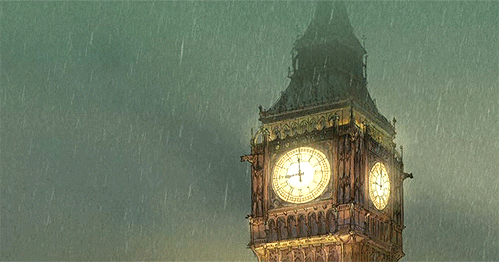



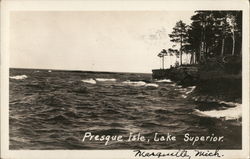


















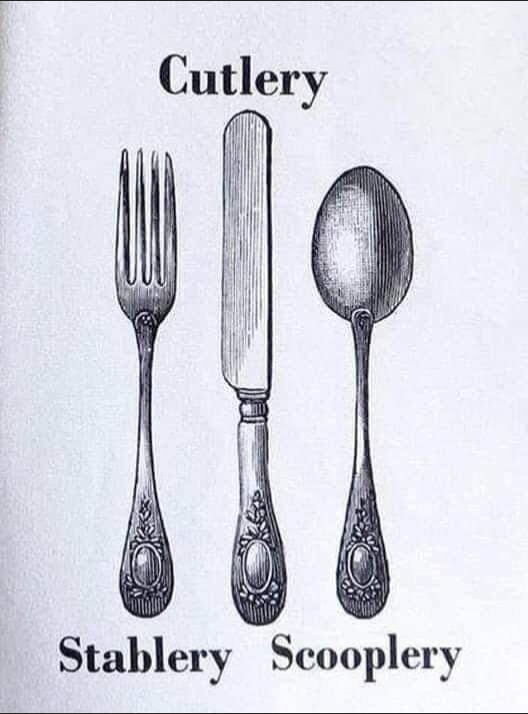
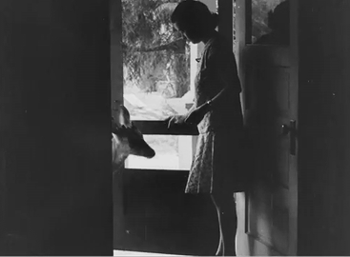













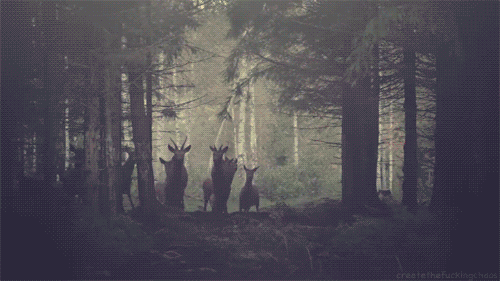
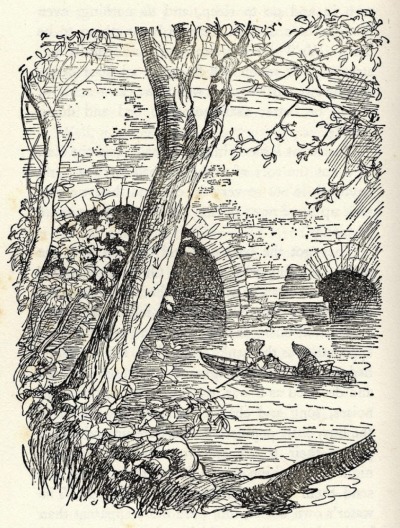
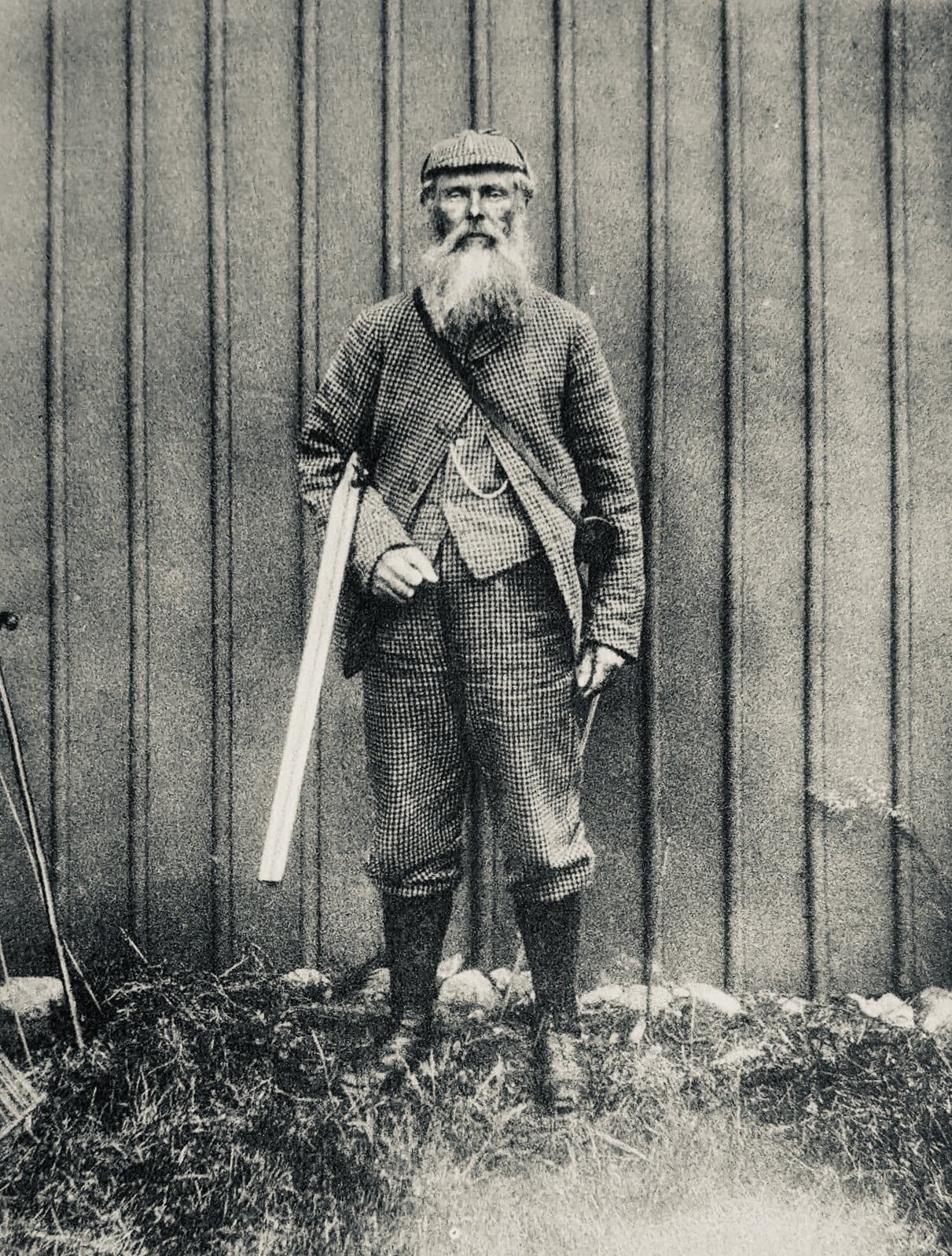

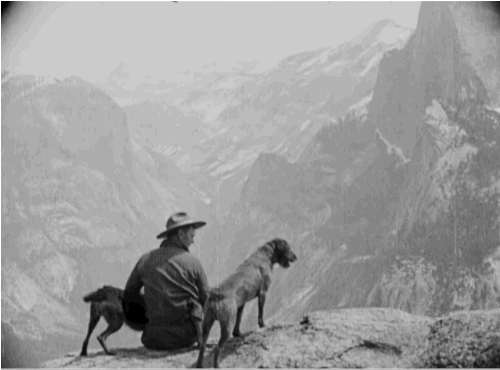


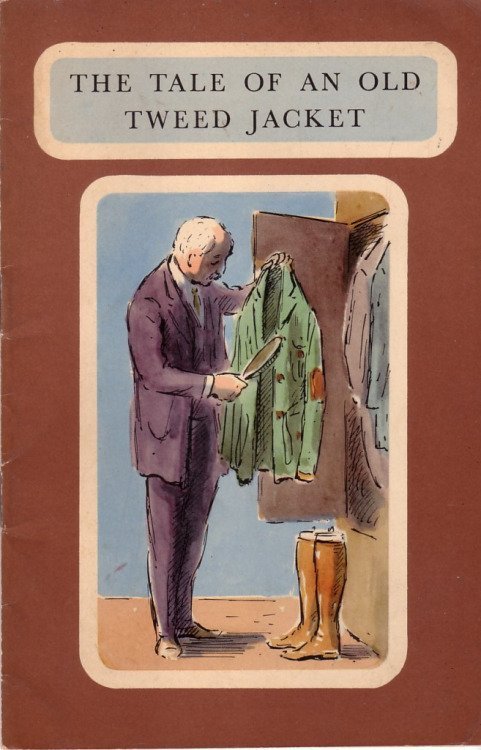










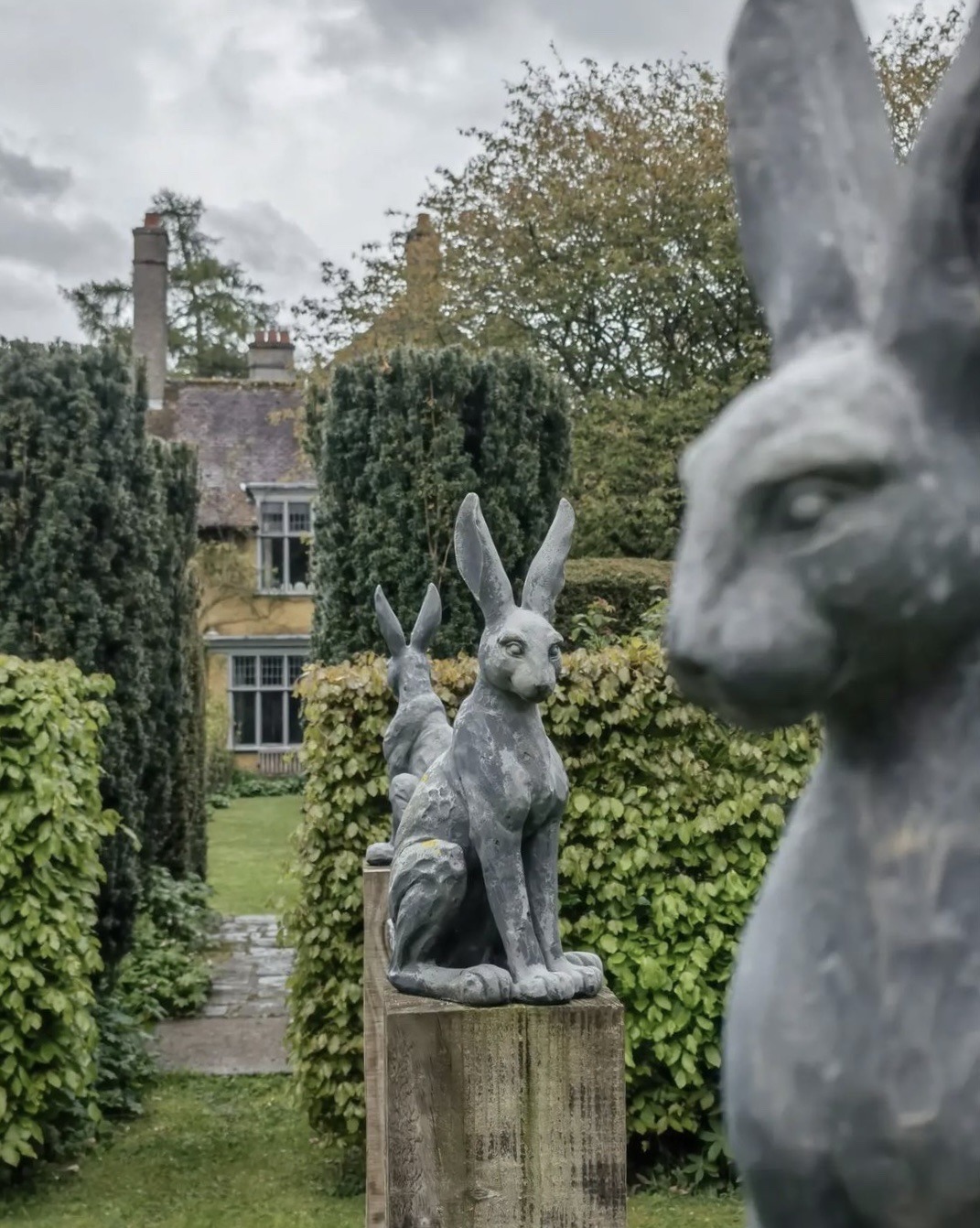
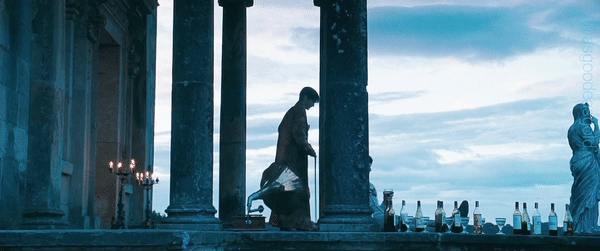
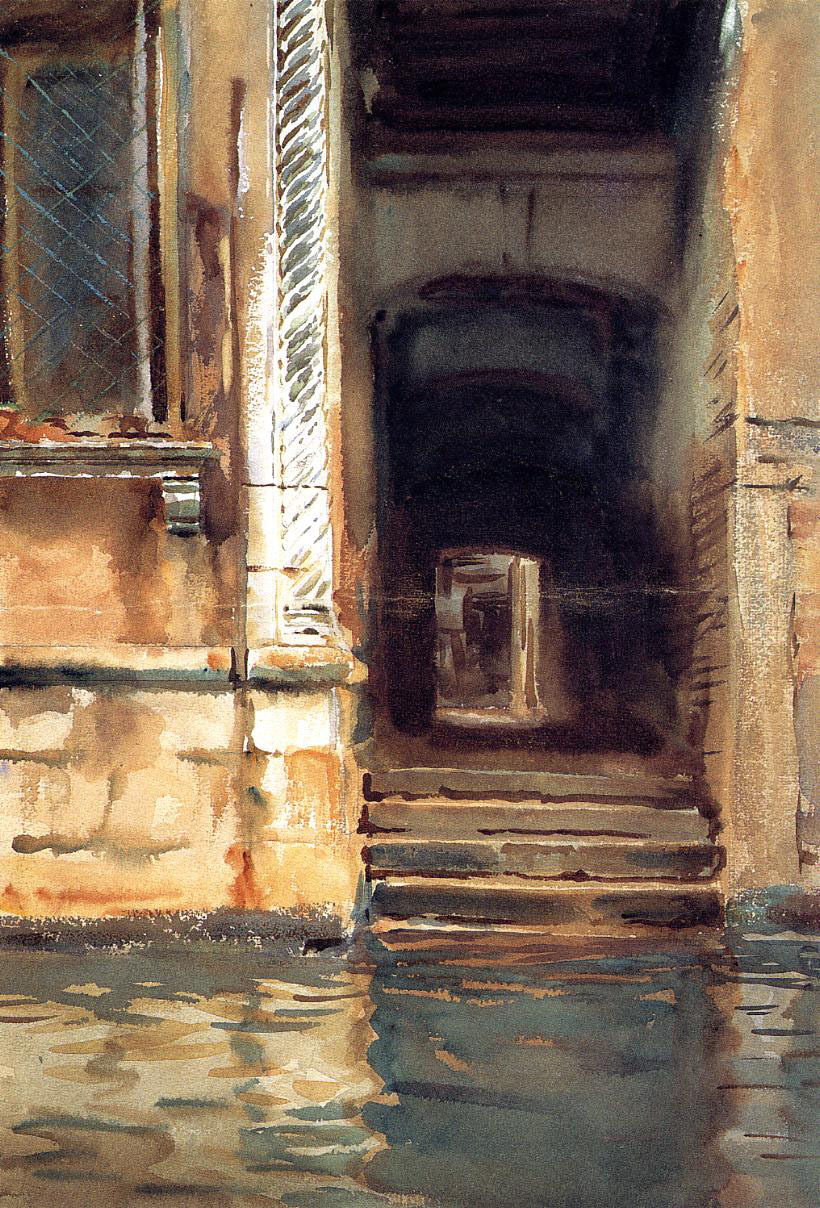

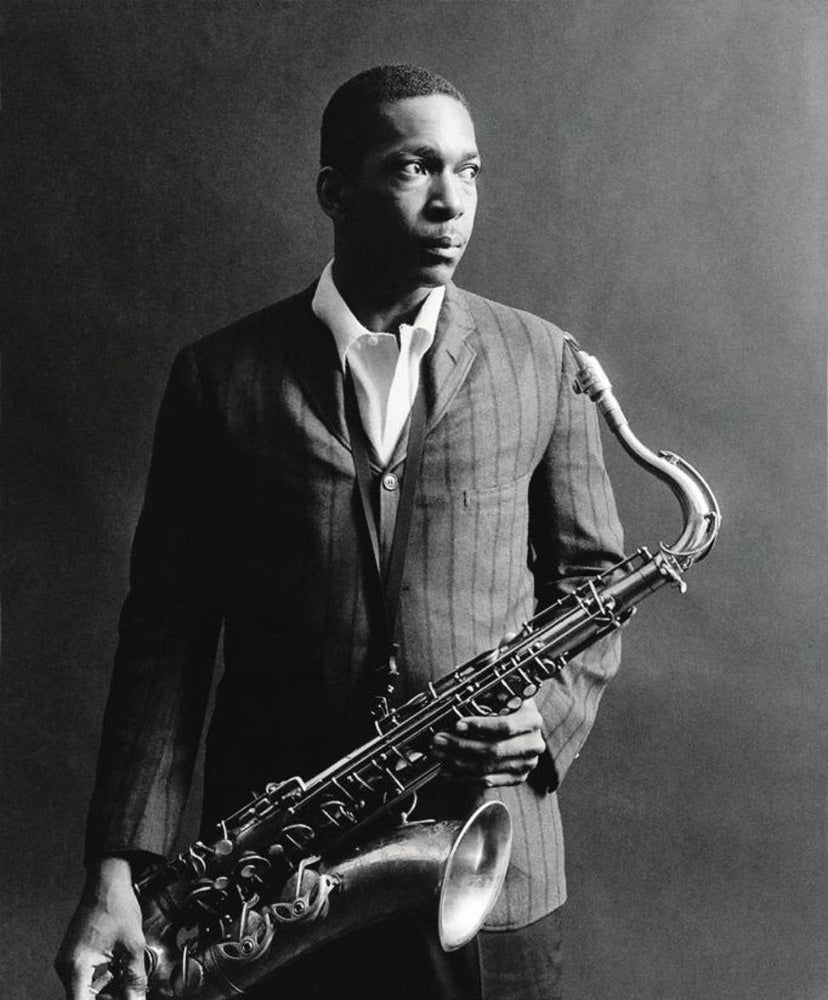







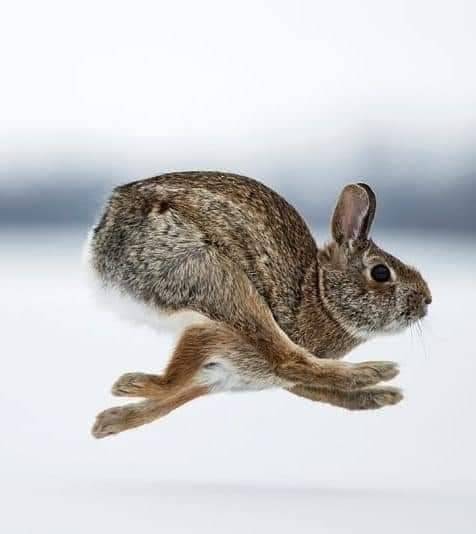
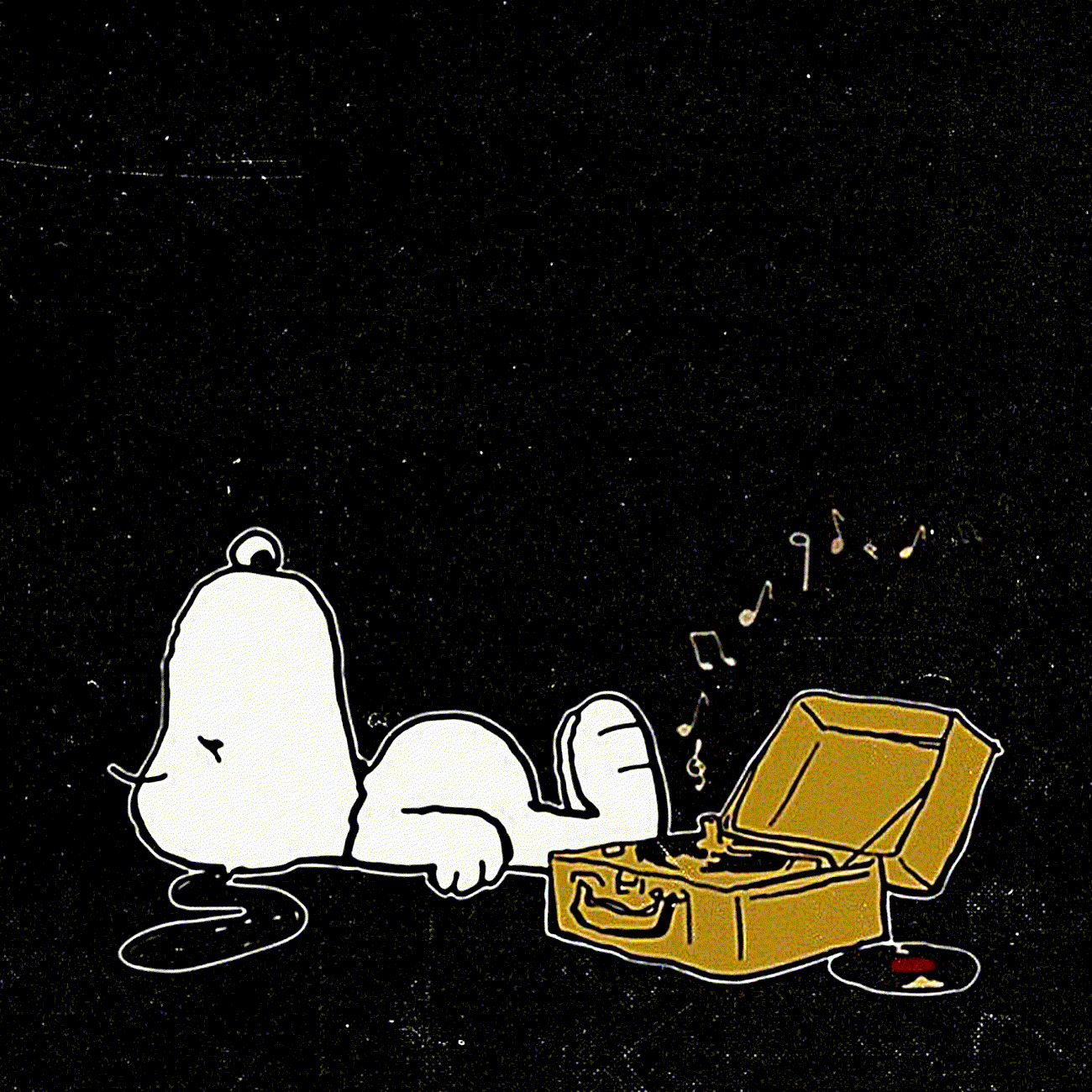

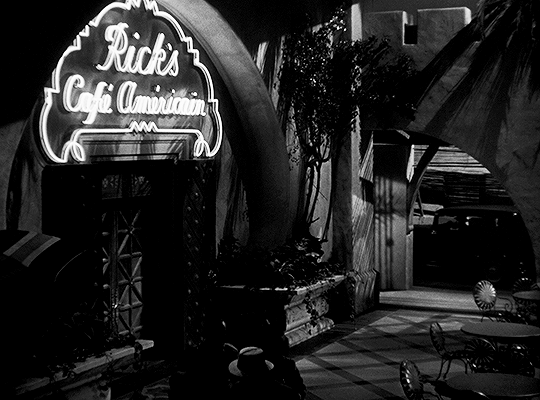





















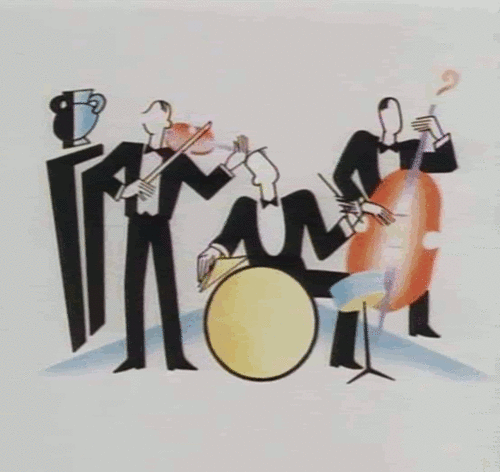









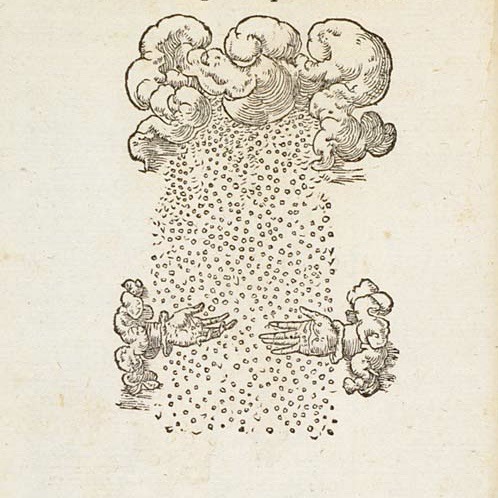


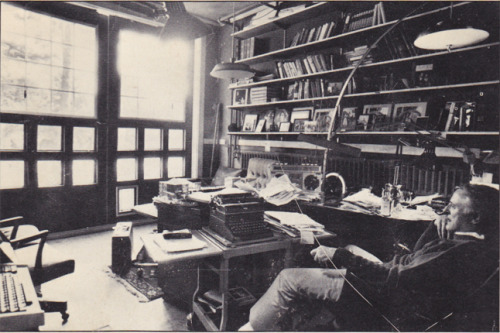













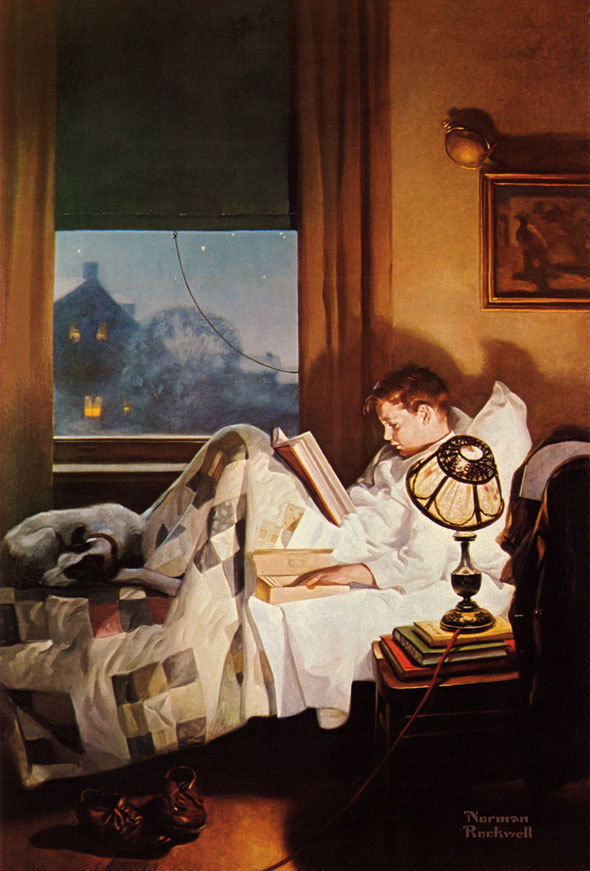






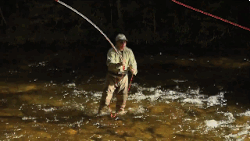


















No comments:
Post a Comment